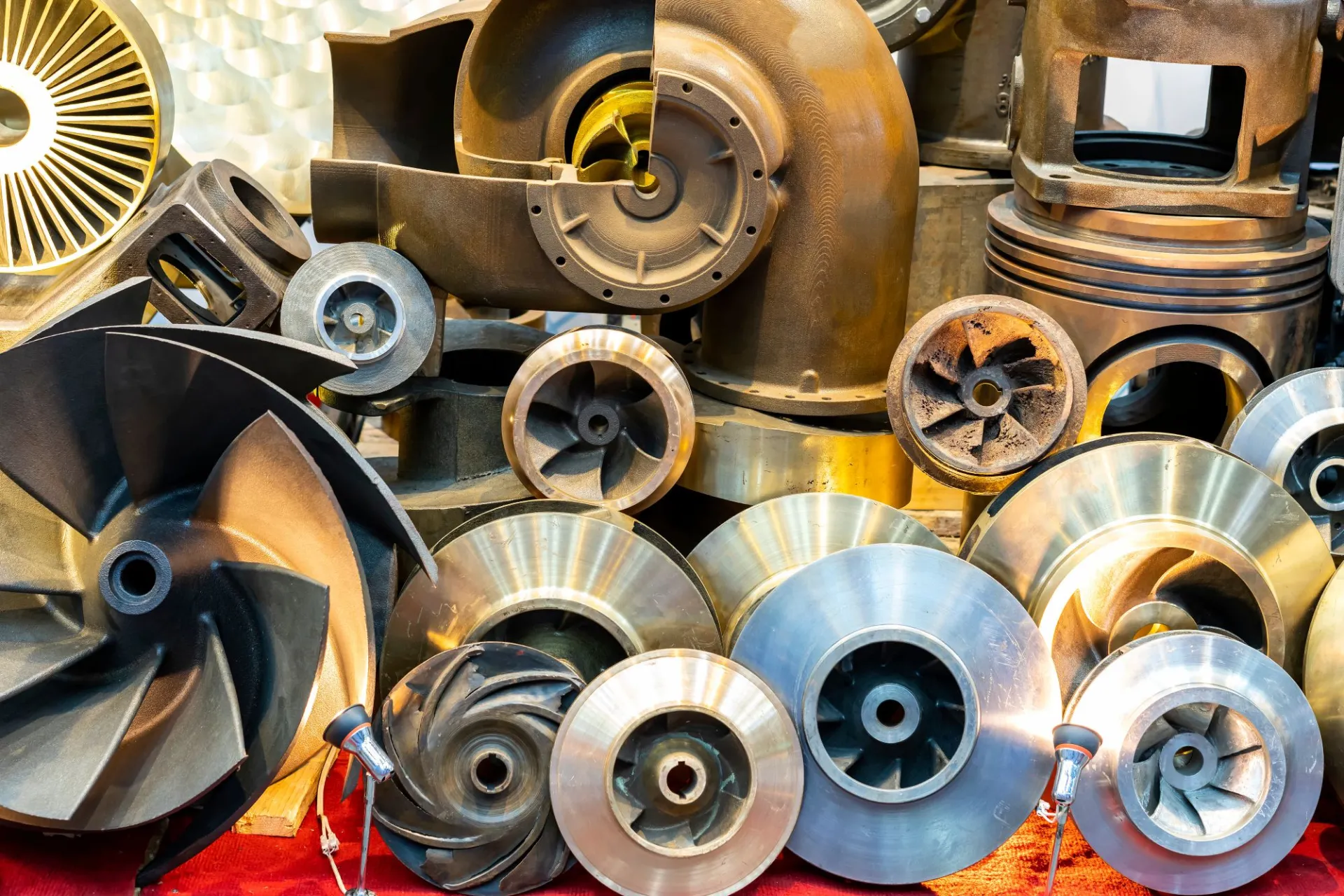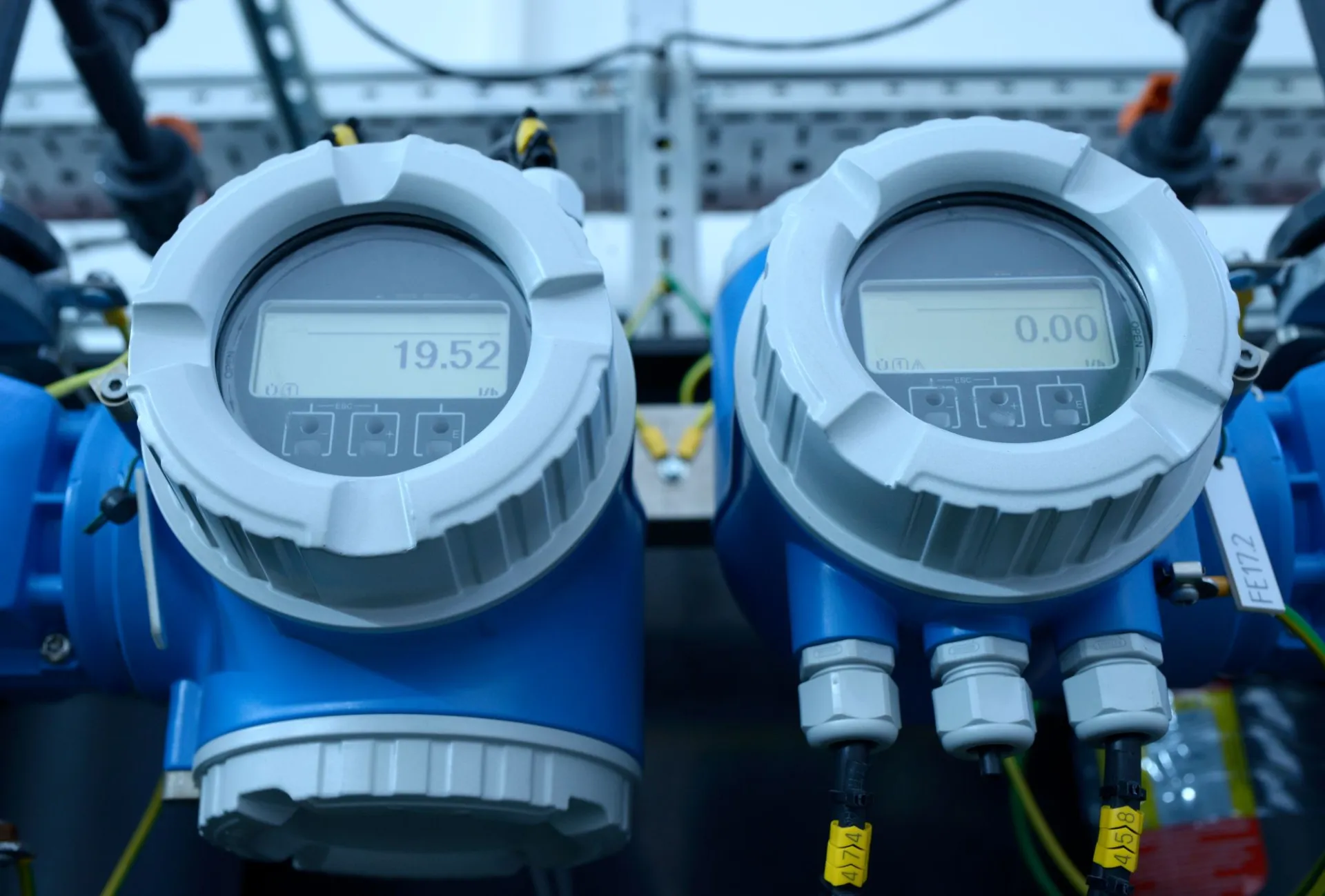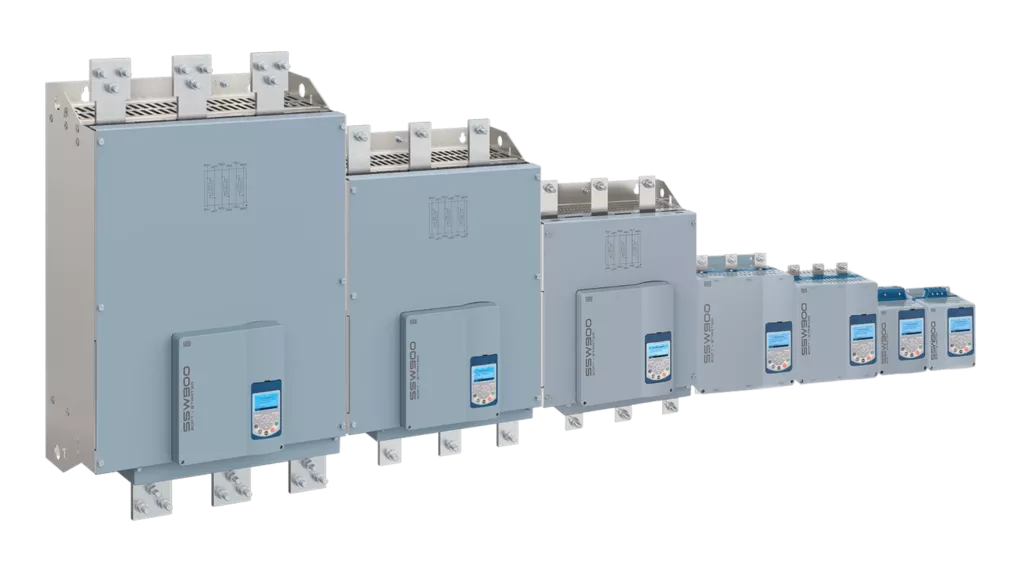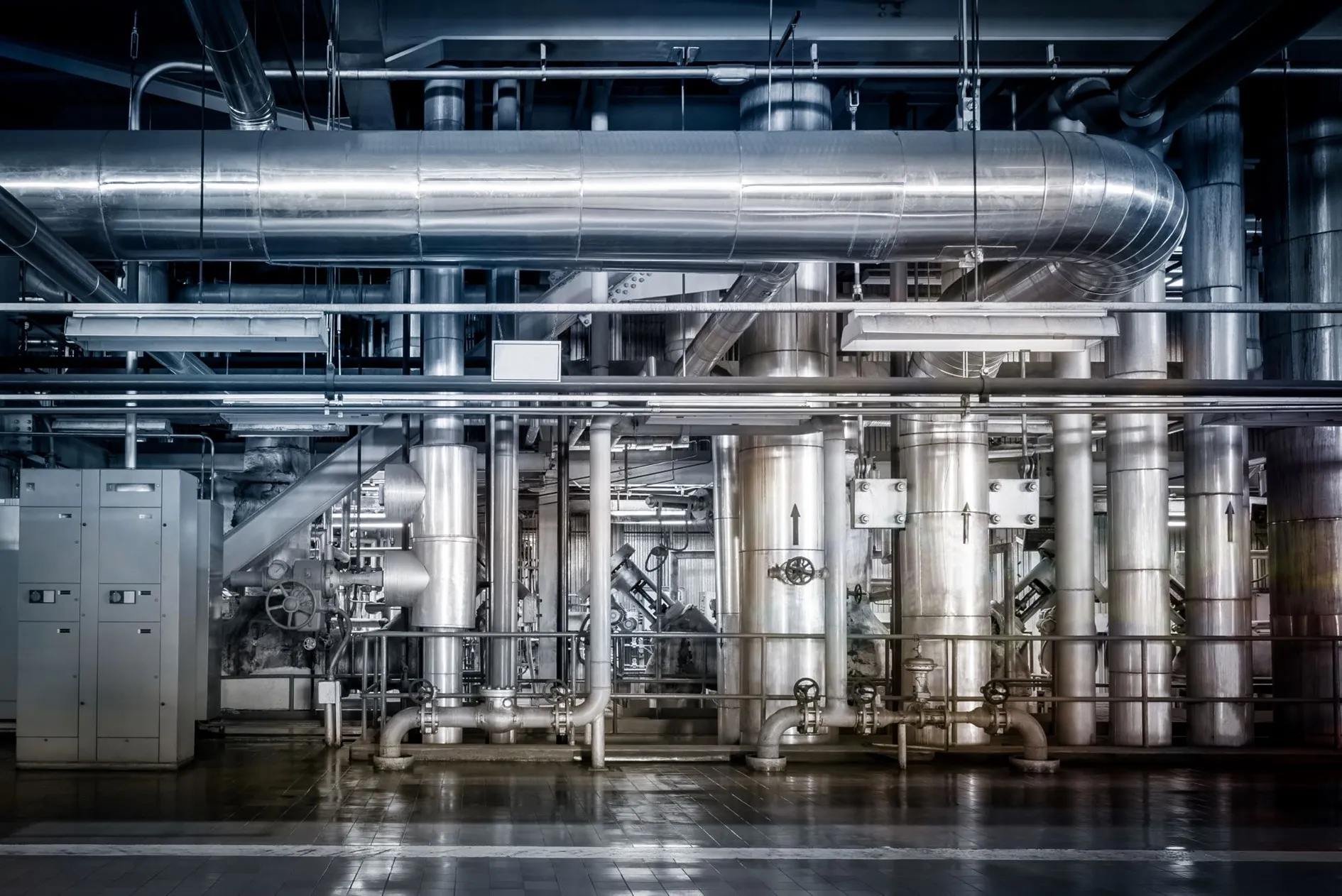Stainless steel is a material commonly used in many industrial applications because of its resistance to corrosion. However, even stainless steel can rust under certain conditions, which can reduce its useful life. One way to protect stainless steel industrial equipment is to subject it to the passivation process.
In this text, our industrial mechanics specialists explain the basics of this technique.
Definition of Passivation
Passivation is the process of treating or coating a metal to reduce the chemical reactivity of its surface. In the case of stainless steel, passivation typically involves the removal of free iron from the metal’s surface using an acid solution to enhance its corrosion resistance properties.
When the surface iron is removed, the other constituents of the alloy (mainly chromium, sometimes nickel) are left as a surface layer on the underlying steel. When exposed to air, these elements react with oxygen to form an oxide layer that protects the rest of the steel from corrosion.
However, this corrosion-resistant surface can be compromised by mechanical, thermal or chemical factors. In this case, the iron is exposed and the article is again susceptible to rusting. Therefore, periodic passivation may be necessary.
In industrial and commercial environments, exposure to products such as cleaning solutions, bleach or salt (in marine environments) contributes to the need for periodic passivation of stainless steel.
Benefits of Stainless Steel Passivation
Increased corrosion resistance
Passivation protects the stainless steel surface from corrosive agents such as water, air and chemicals. This extends the lifespan of the material and reduces maintenance and replacement costs.
Improved wear resistance
Passivation can increase the wear resistance of steel by creating a harder, more scratch and abrasion resistant surface.
Easier to clean
Passivated surfaces are easier to clean and maintain because they are less likely to become soiled and retain contaminants.
Improved safety
Passivation can make surfaces safer by eliminating burrs, sharp edges and other defects that can cause injury to users.
Improved appearance
Like black oxide and zinc plating (galvanizing), passivation can improve the appearance of metal surfaces by removing stains, dirt and fingerprints. This can make the material more attractive to customers and users.
Examples of Equipment Benefiting from Passivation
In general, passivation is recommended for any metal structure or equipment likely to be exposed to corrosive conditions, whether in the chemical, food, medical or other industries.
Here are some examples of stainless steel industrial equipment for which passivation may be required:
Piping and Chemical Processing Equipment
Piping used in the chemical and water treatment industries is often exposed to corrosive chemicals that can lead to long-term damage. Passivation can protect piping from corrosion and extend its life.
Food Processing Equipment
Equipment used in the food industry, such as storage tanks, is often exposed to acidic or alkaline substances, as well as salts and moisture, which can cause corrosion. Passivation can improve the corrosion resistance of such equipment and help prevent cross-contamination.
Stainless Steel Structures
Industrial stainless steel structures (e.g., stainless steel walkways and railings) may be exposed to salty air, moisture, and contaminants that can cause corrosion. Passivation can improve the rust resistance of these structures and extend their service life.
Steps of the Passivation Process
Here are the general steps in the stainless steel passivation process:
1 – Cleaning
Before starting the passivation process, it is important to thoroughly clean the metal surface to remove all traces of contaminants such as grease, oil, dust and dirt.
2 – Rinsing
After cleaning, the surface is thoroughly rinsed to remove cleaning residues and prepare it for passivation.
3 – Passivation
Passivation itself involves the use of a chemical (such as nitric acid) to treat the surface of the part. The chemical reacts with the metal surface to form a protective, corrosion-resistant passivation layer.
4 – Final Rinsing
After passivation, the surface is rinsed again to remove any chemical residue that may remain on the surface.
5 – Drying
Finally, the part is carefully dried to prevent the formation of rust or stains on the passivated surface.
It is essential that passivation be performed by qualified professionals experienced in handling chemicals and treating metal surfaces.
Trust Omnifab for your passivation needs
In short, passivation is a process that improves the corrosion resistance of stainless steel. It has a number of advantages that are highly valued in many industries.
At Omnifab, we sometimes use this technique when manufacturing mechanical parts, making welds, or repairing industrial machinery for customers in a variety of fields.
So if you have any stainless steel passivation needs, don’t hesitate to contact our team.




